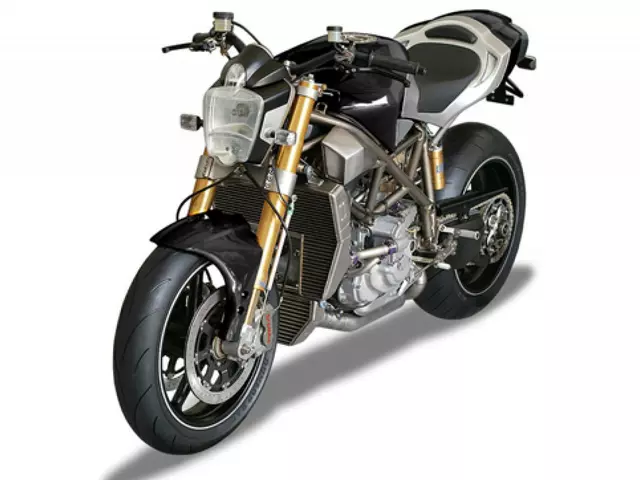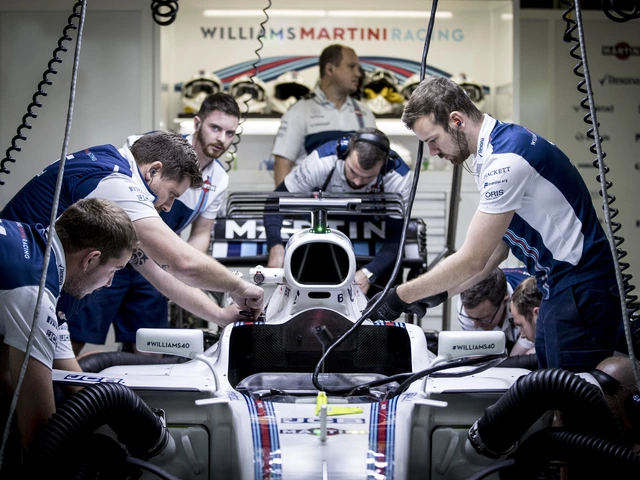Motorsport Racing Technology and Safety: Heat, Gear and the Fast Track
Heat is the hidden villain in every race. When your engine or tires get too hot, performance drops and the risk of failure spikes. Knowing how to keep things cool can mean the difference between winning and a DNF. Below you’ll get straight‑forward ways to manage heat, protect your gear, and stay safe on the track.
Why Heat Matters in Racing
Engine blocks, exhaust systems and brakes all generate heat while you push the car to its limits. If the temperature climbs too high, metal expands, oil breaks down and the engine may seize. Tires are a similar story – they need enough heat to grip, but too much makes them blister or burst. The right temperature window lets the engine breathe and the tires stick, so you stay fast and safe.
Simple Ways to Control Heat
1. Check the cooling system. Make sure the radiator, water pump and coolant levels are clean and full before every session. A clogged radiator is a cheap way to lose power.
2. Use proper airflow. Keep the front grill clear and add vent holes if the car design allows. More air = better heat exchange.
3. Watch tire pressures. A slight drop in pressure can raise tire temperature fast. Set the pressure according to the track temperature and stick to it.
4. Plan pit stops for cooling. Short stops to spray mist on brakes or run the engine at a lower rev can reset temperatures before they become dangerous.
5. Employ heat‑resistant materials. Modern brake pads, ceramic coatings and heat‑shielding wraps protect critical parts and let you push harder for longer.
These steps are easy to add to your routine and cost far less than fixing a burnt‑out engine or a shredded tire.
One of our community members recently asked, “Where is heat vital in motorsport racing and its countermeasure?” The answer boils down to three zones: the engine bay, the brakes and the tires. In each zone, a dedicated cooling system – be it a radiator, brake ducts or tire warmers – does the heavy lifting. When those systems work, you keep power, grip and safety on level.
Beyond hardware, driver habits matter too. Gentle shifting, avoiding sudden high‑load bursts, and maintaining a smooth racing line reduce heat spikes. Think of it as a conversation with the car – you don’t shout, you guide.
Safety isn’t just about avoiding crashes; it’s also about preventing component failure that can cause loss of control. A blown tire at 150 mph is far more dangerous than a mild slide. By staying in the sweet spot of temperature, you protect both the car and yourself.
Finally, keep an eye on data. Most modern race cars have temperature gauges for the engine, brakes and tires. Set alerts for when a reading crosses a safe limit. When the gauge flashes, you know it’s time to cool down.
In short, heat management is a simple mix of good equipment, regular checks and smart driving. Master these basics, and you’ll see better lap times, fewer mechanical woes, and a safer race day every time.
Where is heat vital in motorsport racing and its countermeasure?
In motorsport racing, heat plays a crucial role in enhancing the performance of both the engine and tires. As a racing enthusiast, I've noticed that maintaining optimal temperature is vital for engine efficiency and extending tire life. However, excessive heat can lead to engine failure or tire degradation, making heat management a critical aspect in racing. To countermeasure heat, teams use advanced cooling systems and tire management strategies to ensure peak performance throughout the race. In my opinion, striking the right balance between heat generation and dissipation is an essential skill for successful motorsport racing.





0